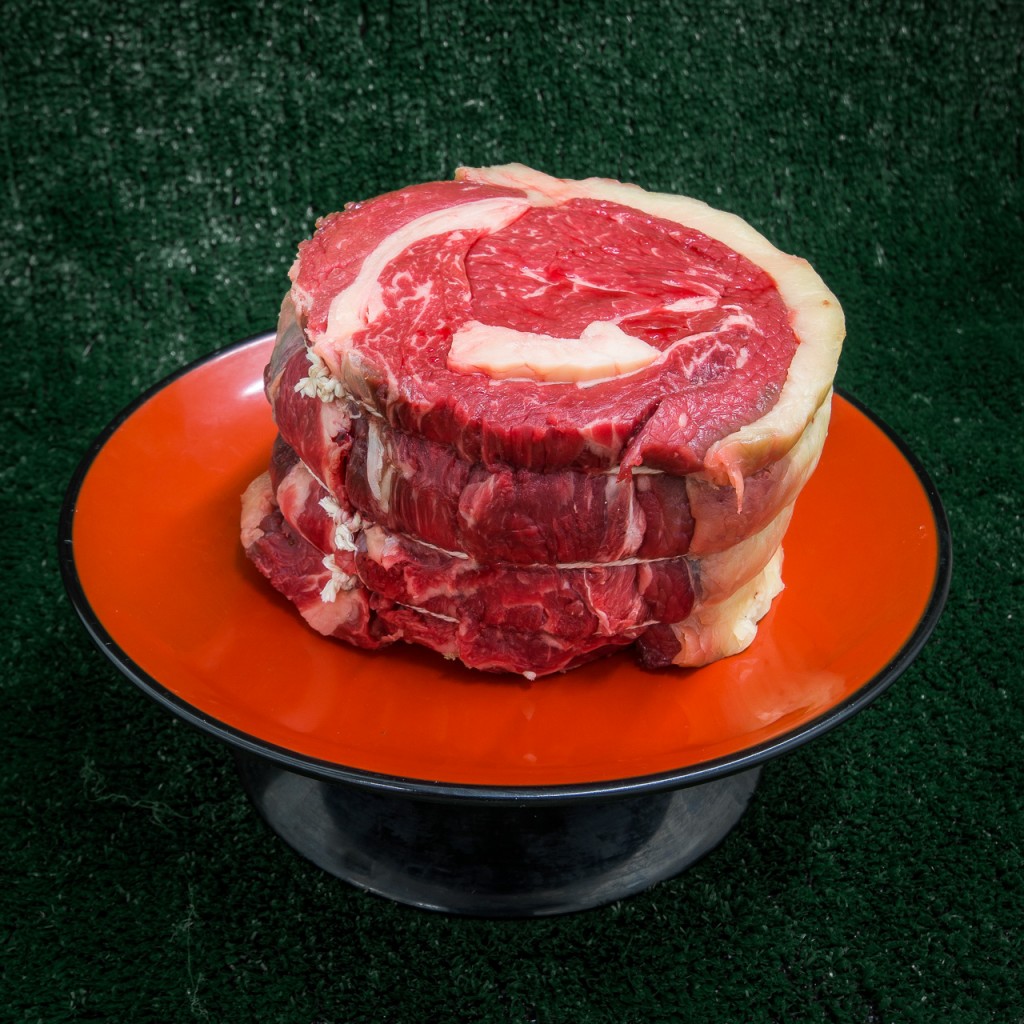
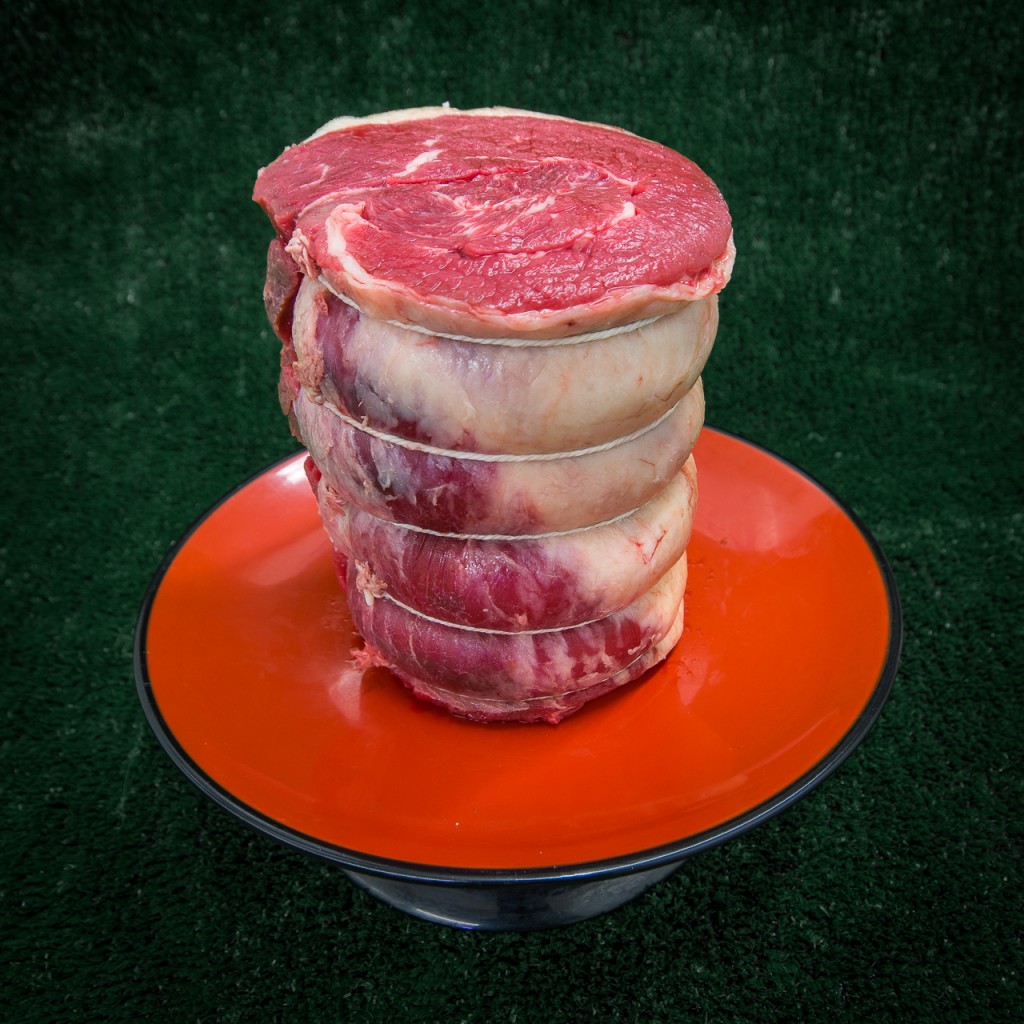


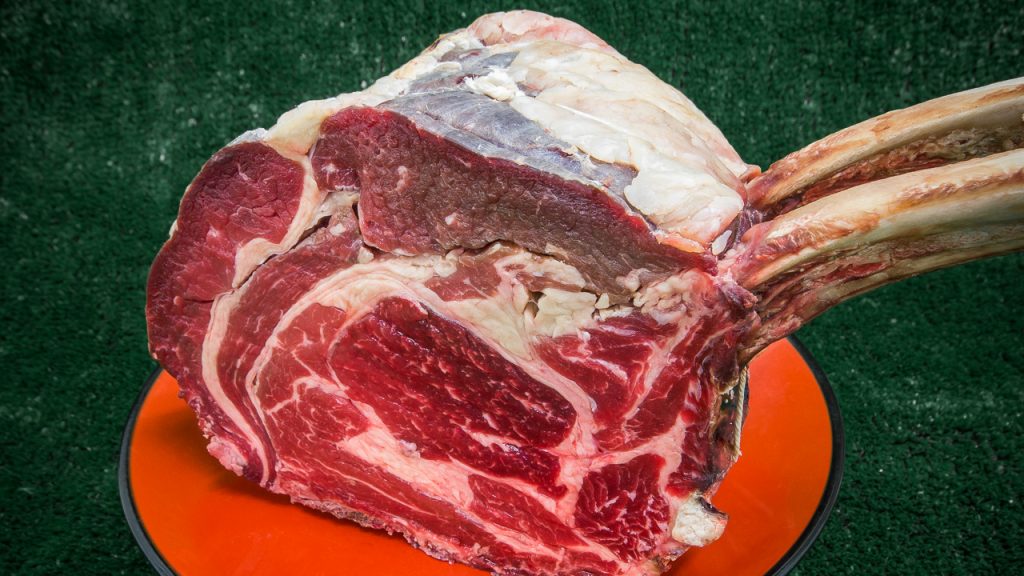


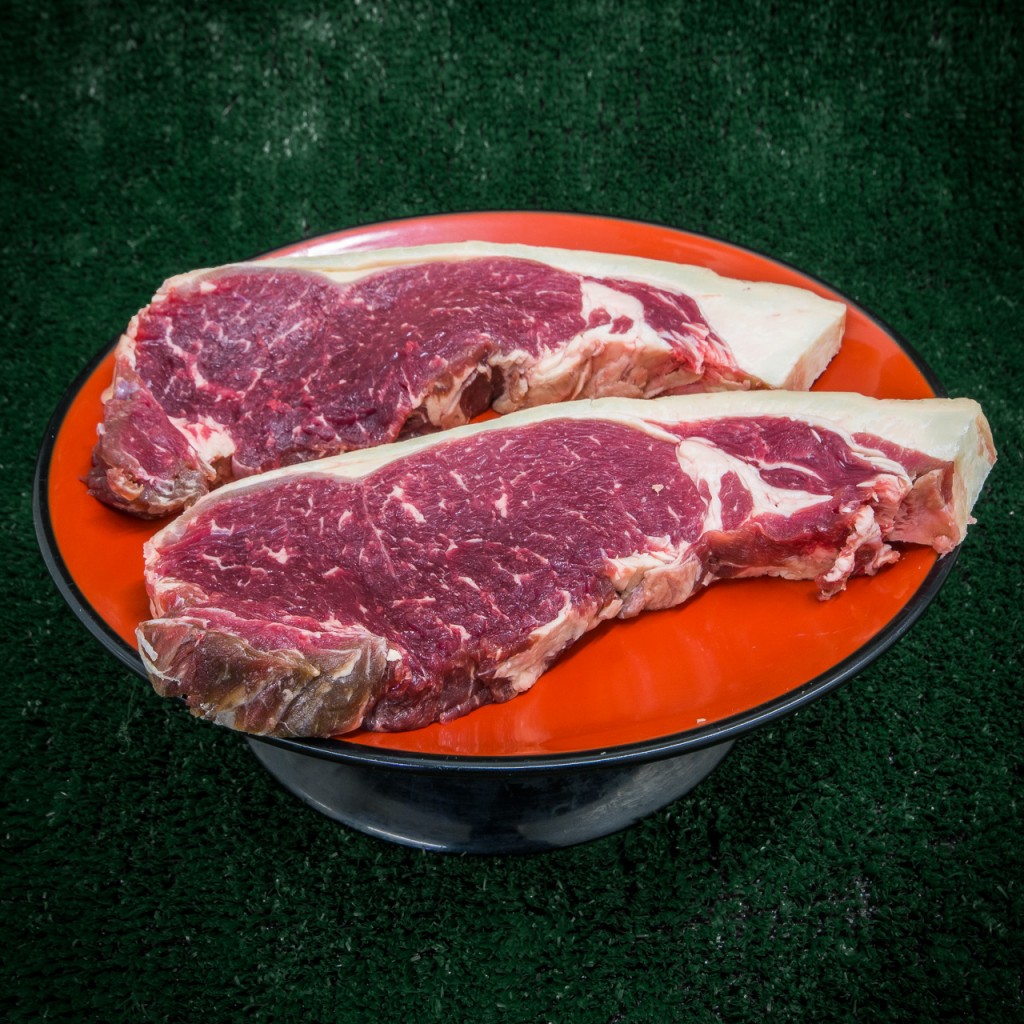
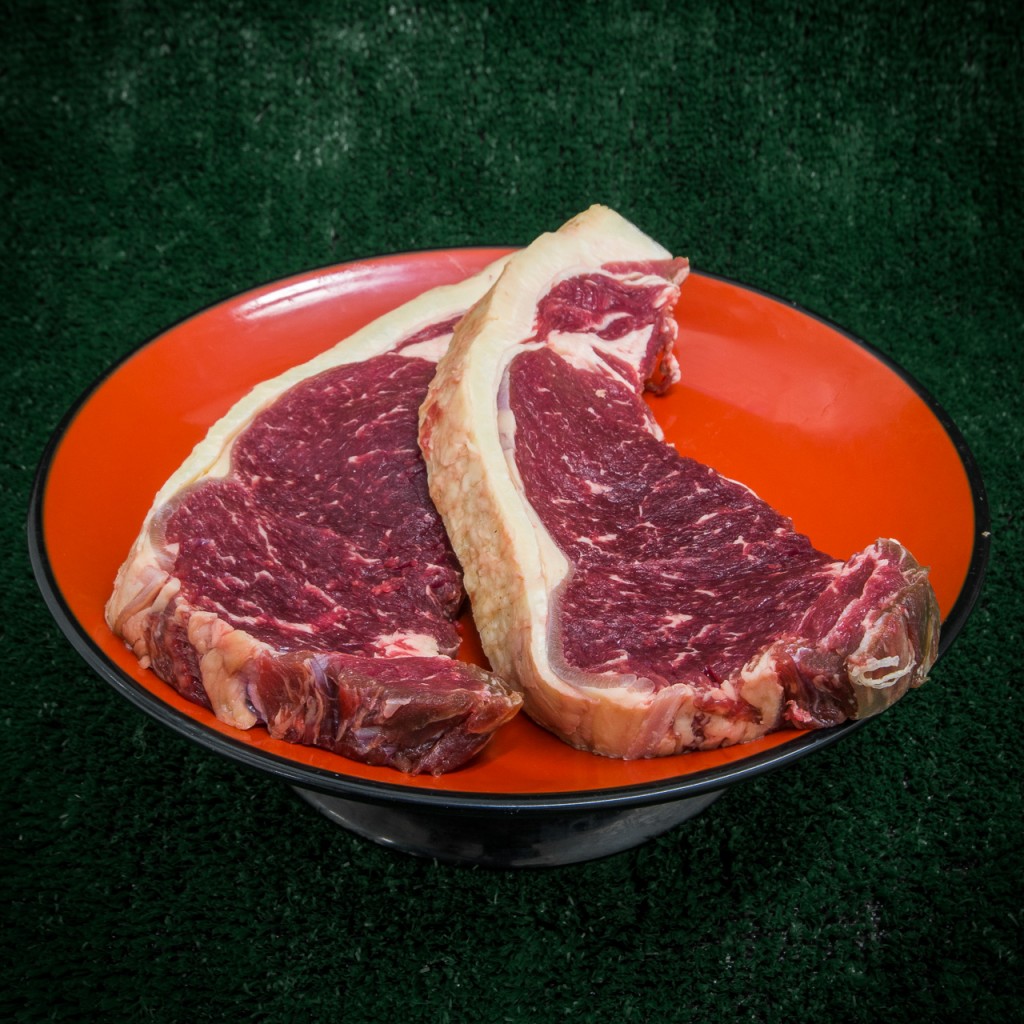

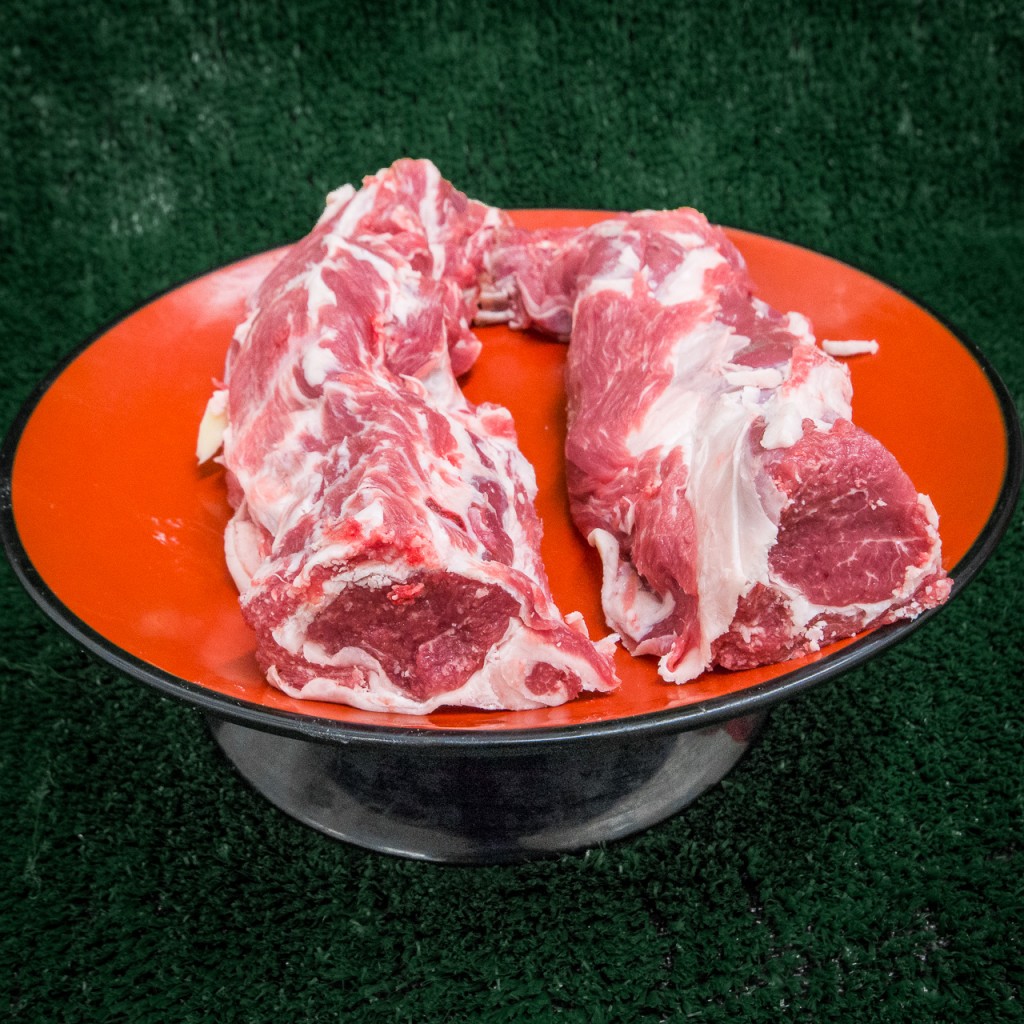
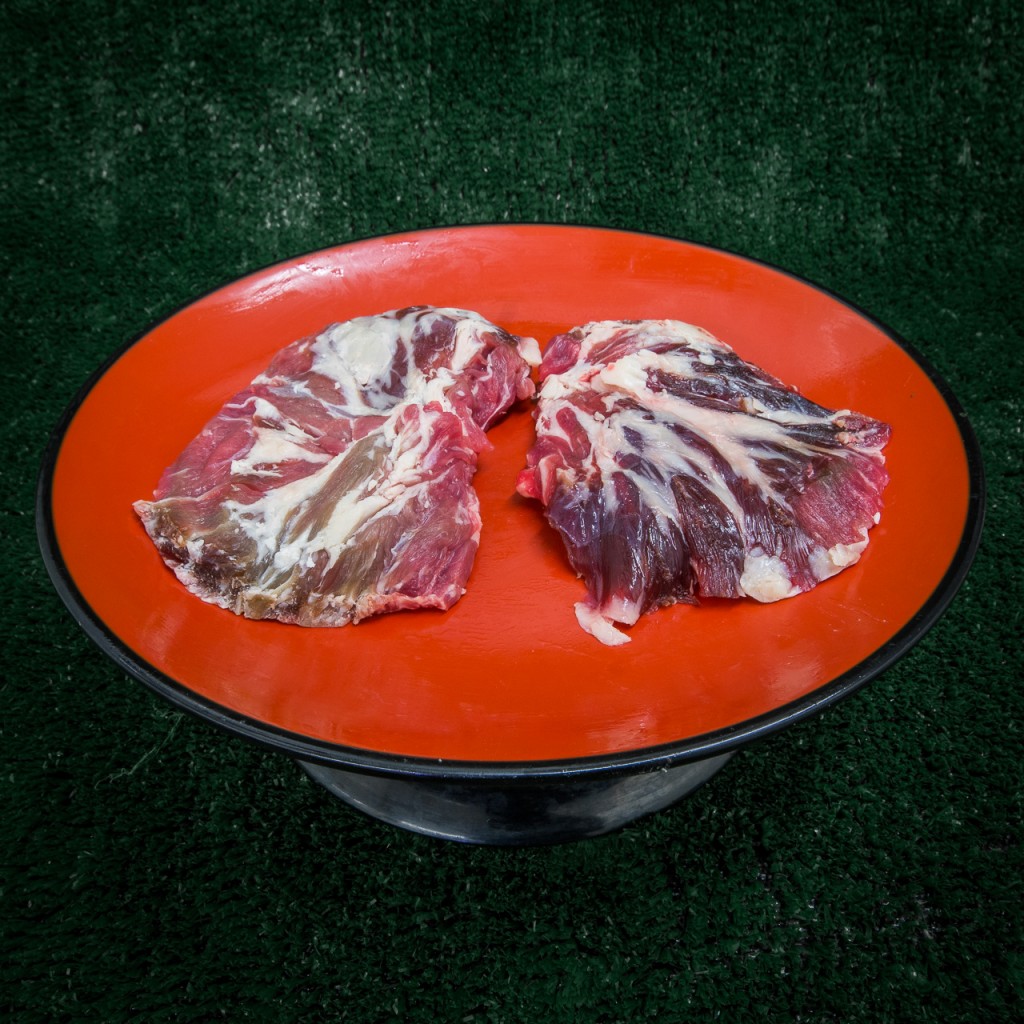
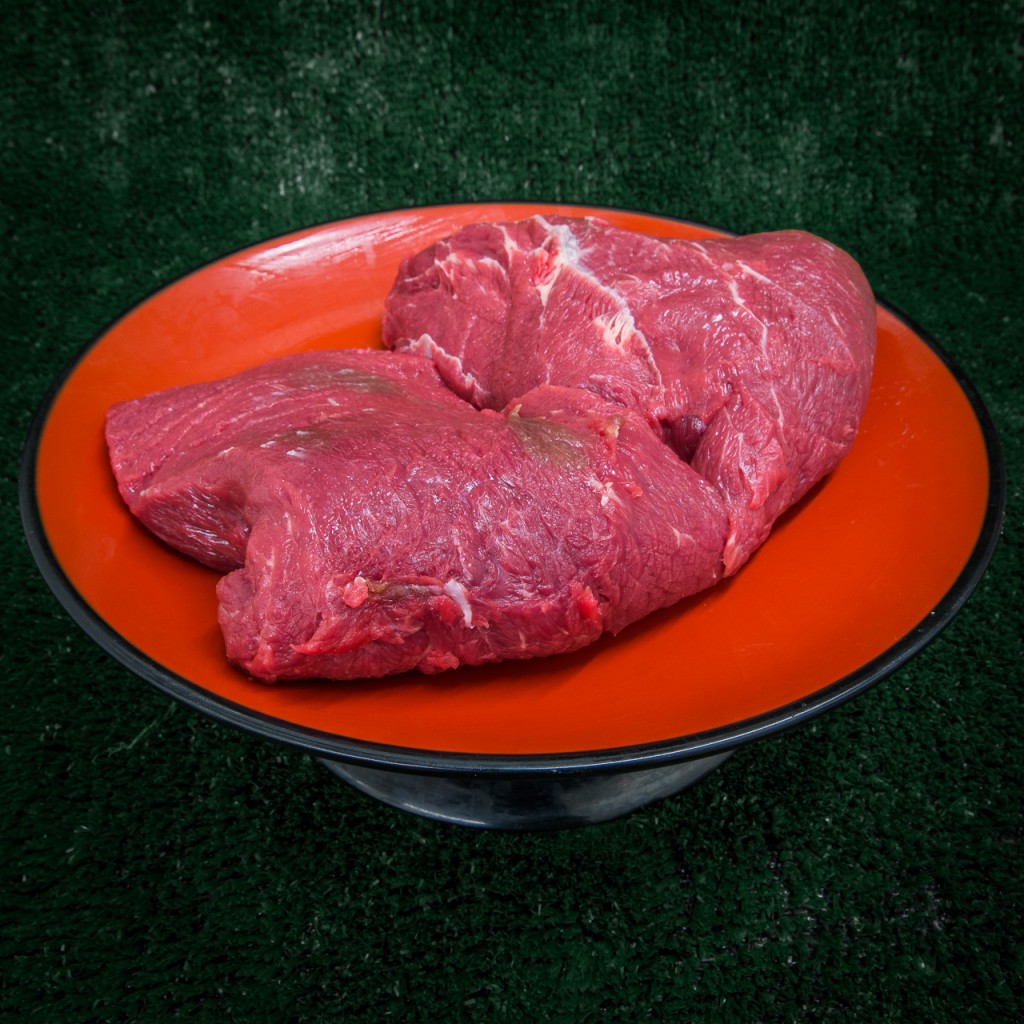
The classic cut of meat for a British Sunday roast, beef is full of flavour, as well as being a good source of high-quality protein, iron and B vitamins. But it’s not just a one-dish ingredient – the wide range of cuts available, from expensive sirloin steak to the much more affordable brisket, mean it’s pretty versatile.
British-reared breeds, such as Aberdeen Angus, Longhorn and Hereford have traditionally been considered to be among the best beef in the world, but the reputation of other premium breeds such as Wagyu, which originated in Japan, are increasingly on the rise.
Most beef cuts are sold ready-prepared, so it’s generally a fairly easy meat to cook.
Availability
All year round.
Choose the best
Always buy beef from a source that you trust – you will want to know where it comes from, how it was reared and slaughtered, as well as if it was hung, and for how long. Traceability like that is crucial in ensuring that the beef you are buying has been humanely treated while alive, had the shortest possible journey to the slaughterhouse (long journeys are highly stressful for all livestock) and has been expertly handled once killed – all of which will have an impact on the meat’s flavour and tenderness.
Organic beef, and beef from rare breeds, is the most expensive, as the highest farming standards will have been adhered to at all stages of the animal’s life. The length of time for which beef has been hung will also determine how flavoursome and tender it is; 10-14 days is a good length, though some super-premium beef is hung for longer, up to six weeks.
Many different cuts of beef are available – which you buy depends on how you want to cook it. For roasts, the best cuts include rib (on the bone or boned and rolled), sirloin, top rump and fillet. For quick cooking, try fillet, entrecôte, rib eye, sirloin or rump steaks. Brisket, topside and silverside are good for pot roasts, and stewing and braising steak are good for stews and casseroles. Minced beef makes great burgers and pies.
When choosing any cut of beef, look for firm, fine-grained meat; it should be moist, rather than dry or slimy. A light marbling (ie thin streaks) of fat running through the meat is a good sign – this gives succulence and flavour and, without it, the meat will be dry once cooked. Any fat on the outside of the beef should be creamy-coloured (fat that is yellow might well be rancid). Properly hung beef should be deep burgundy in colour, rather than bright red. Go for cleanly cut, neatly trimmed pieces of beef, with no fragments of shattered bone.
Prepare it
If desired, certain cuts of beef can be marinated to add flavour and moisture and to tenderise a little further. Alternatively, cuts such as steaks and fillets can be pounded with a meat mallet or rolling pin to break down the fibres, which will produce a more tender meat; cover the beef with clingfilm on both sides first, and try to keep the meat the same thickness all the way along, so that it cooks evenly.
Before it goes in the oven, beef should be at room temperature, so take it out of the fridge 30-60 minutes before cooking. Keep it covered, in a cool place.
Store it
Pre-packed beef in airtight packaging, as well as vacuum-packed beef, should be stored in its packaging at the bottom of the fridge. Beef bought loose should be taken out of its packaging (check for any use-by dates first), put in a large bowl covered with a lid or clingfilm, and kept at the bottom of the fridge.
Make sure beef doesn’t touch any cooked foods or anything that will be eaten raw. Any cuts that are bought loose will keep for up to 2-4 days. Larger cuts for roasting will keep up to 5 days. Minced beef should be eaten within a day of purchase. For vacuum-packed meat, follow the use-by date on the packaging.